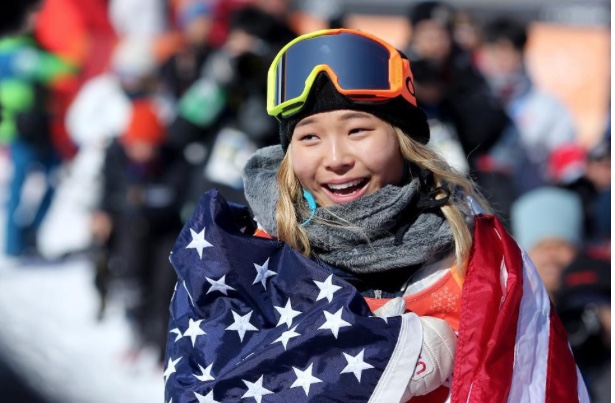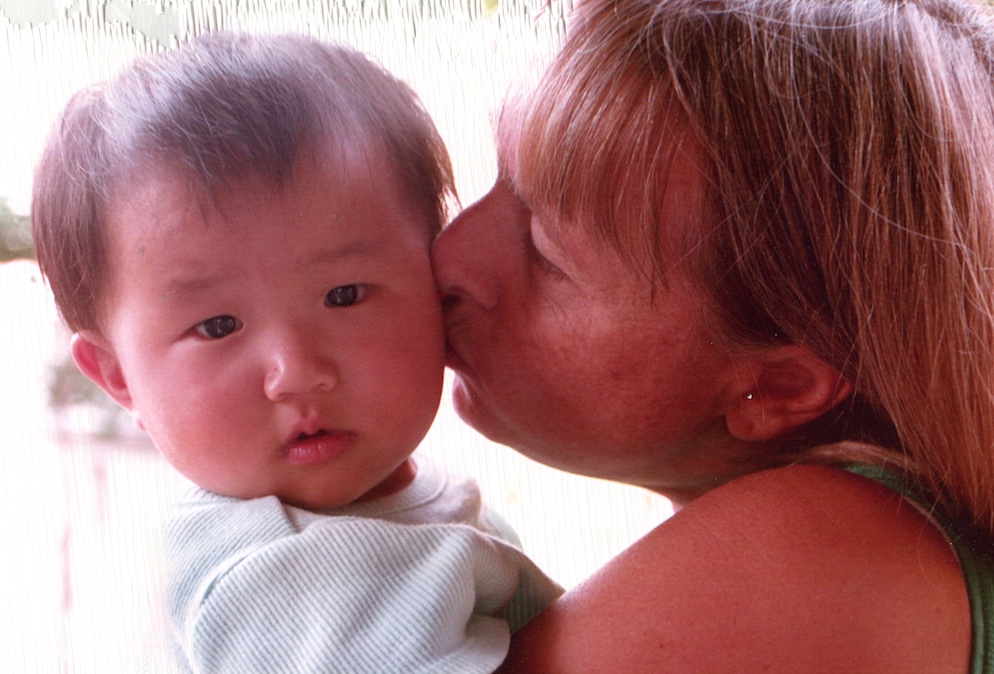Girls & Sports: Life's Lessons in the Games We Play
/Amherst Junior High School, author second from right
In seventh grade I tried out for the cheerleading squad. It's what girls did, especially those who wanted to be popular. Girls rooted for the boys who played the games. On NFL sidelines and near midline of basketball arenas, scantily clad women still do. Perhaps this is why I like baseball best.
By eighth grade, I left cheerleading behind, forever, and was playing on the girls' basketball team. No one showed up to watch our games except an occasional mom. Mine arrived with younger siblings who could never sit still and sometimes ran onto the court, so my mom had to leave. We didn't have cheerleaders jumping up to spell A-M-H-E-R-S-T when our team took a time out. The cheerleaders only cheered for the boys.
In the memoir I'm writing, I reflect how the rules governing girls' play on the basketball court echoed through our lives as girls off the court. Let's start with how we had to play:
“When I played on my junior high school’s basketball team, our rules dictated that before I dribbled the ball a fourth time, I had to stop to pass it. It was a silly rule, as were others, such as one that kept four teammates stuck in half of the court; they played “stationary” guard or forward, but never both at the same time, though two others on the team were allowed to be “rovers,” moving anywhere we liked. When boys played this same game, they switched effortlessly between guard and forward, depending on which team had the ball. Those who promulgated our rules wanted to be sure girls didn’t run too far, play too fast, or compete too fiercely. To compete wasn’t what girls did.”
Off the court, societal norms constricted us in similar ways, and with similar consequences:
“A boy was free in ways I was not. He got to decide, much more than I did, where, what, how and when things happened in his life. On the basketball court, when a boy saw an opening, his path to the basket, he dribbled the ball for as long as made sense, zigzagging his way to get where he wanted to be. Rules weren’t the only thing holding girls back. Attitudes did, too. What grown-ups thought girls couldn’t do, we didn’t see ways to do. Still, I don’t remember us using the word ‘unfair’ to describe what was happening to us. We knew nothing different. It was just how things were, the natural order about which I heard few complaints. Nor did those older than I was appear upset that girls played by one set of rules and boys by another. So I wasn’t, either.”
Once I was on the basketball team, I never was a cheerleader again. From then on, I always played on one team or another – volleyball in the fall, basketball in the winter, tennis in the spring. In the summer I skippered our family's cat boat as the only girl at the helm in races against the guys. In college I discovered rowing – it's my passion, still – and became an inaugural member of Wellesley College's intercollegiate rowing team – in the same year Title IX was birthed.
Wellesley intercollegiate crew team, 1972. Author, second from left.






